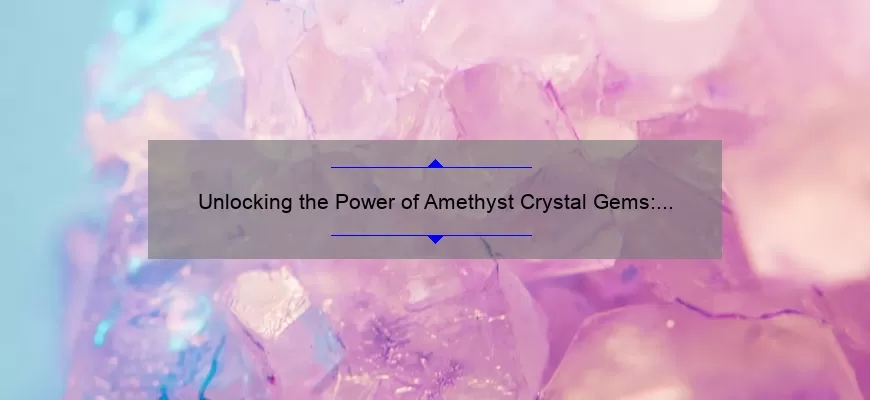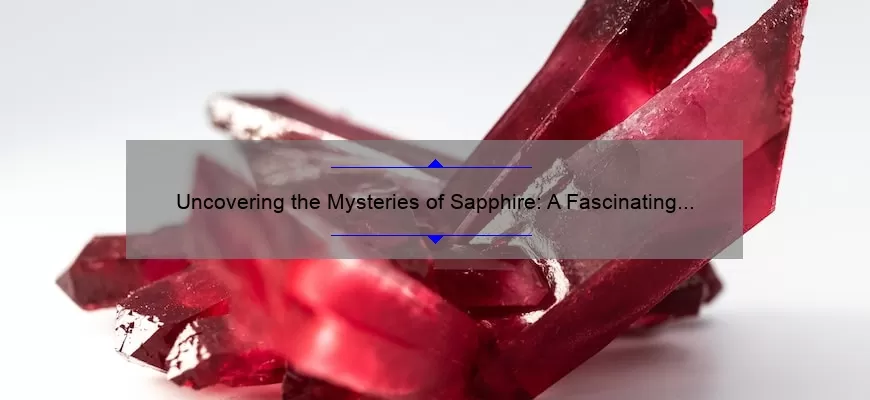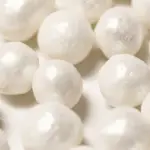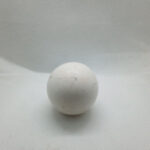Unleashing the Sparkle: How Fire Mountain Gem Stones Can Transform Your Jewelry Game [Expert Tips and Stats]
**Short answer: Fire Mountain Gems and Beads is a jewelry supply company…
Uncovering the Hidden Gems of the Era: A Guide to Jewelry Selection [With Stats and Stories]
Short answer era gem jewelry Era gem jewelry refers to the use…
Unlocking the Power of Amethyst Crystal Gems: A Personal Story and 5 Surprising Benefits [Ultimate Guide for Crystal Enthusiasts]
Short answer: Amethyst crystal gems are a beautiful and popular variety of…
Unlocking the Power of Anime Dimensions: How to Get Free Gems with Codes [Ultimate Guide]
Short answer anime dimensions codes for gems Anime Dimensions is a popular…
Uncovering the Mysteries of Sapphire: A Fascinating Story, Practical Tips, and Surprising Stats [Is Sapphire a Gem?]
Short answer: Is sapphire a gem? Yes, sapphire is a gem. It…
Unlocking the Mystery: The Uncut Gems Plot Revealed [A Story of High-Stakes Gambling and Desperate Measures] – Your Ultimate Guide to Understanding the Film’s Intricacies and Characters with Key Stats and Insights
Short answer: Uncut Gems centers around a jeweler and gambling addict named…
Uncovering the Best Monthly Gems: A Personal Story and Data-Driven Guide [For Jewelry Lovers]
Short answer: Monthly gems Monthly gems refer to collections of precious or…
Uncovering the Mysteries of Amethyst Gems: A Fascinating Story, Practical Tips, and Surprising Stats [Ultimate Guide]
Short answer: Amethyst gem Amethyst is a purple variety of quartz and…
Unleashing the Sparkle: How Fire Mountain Gems Can Transform Your Jewelry Game [Expert Tips, Inspiring Stories, and Stats]
Short answer: Fire Mountain Gem Fire Mountain Gems is a leading source…












